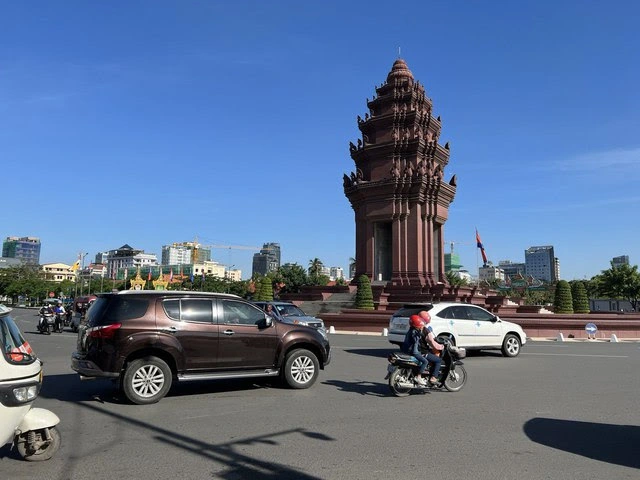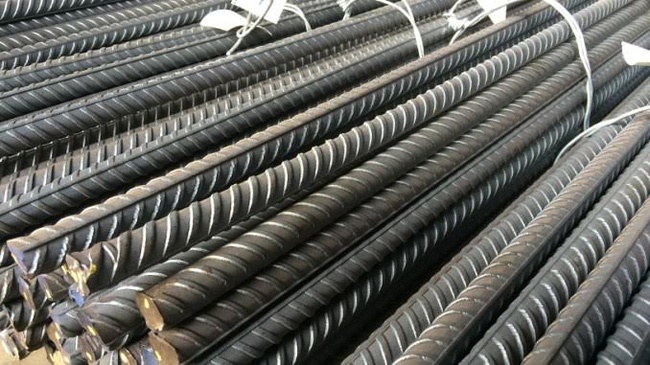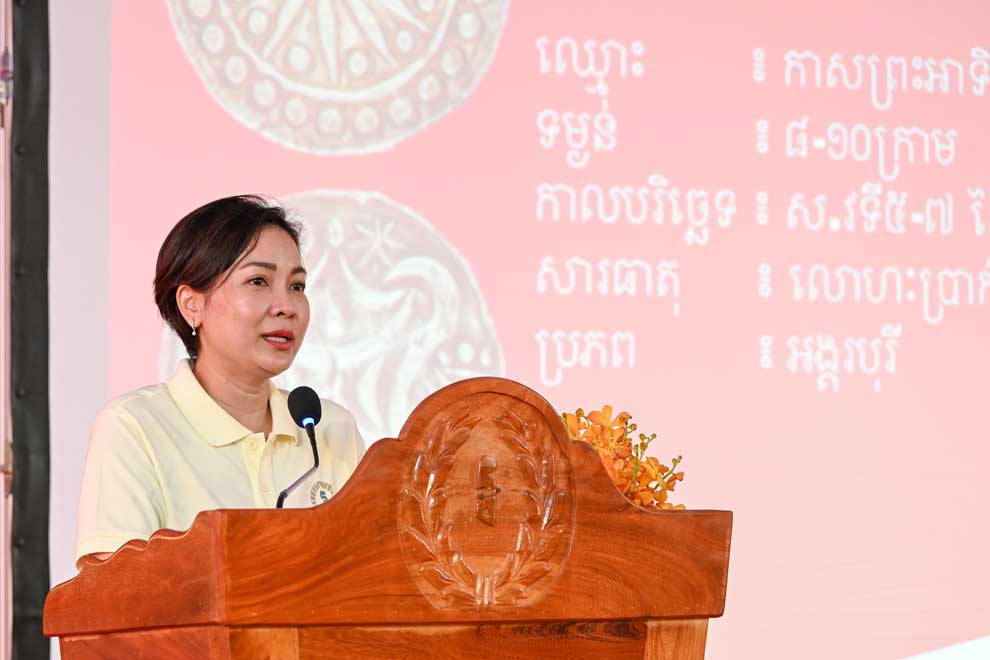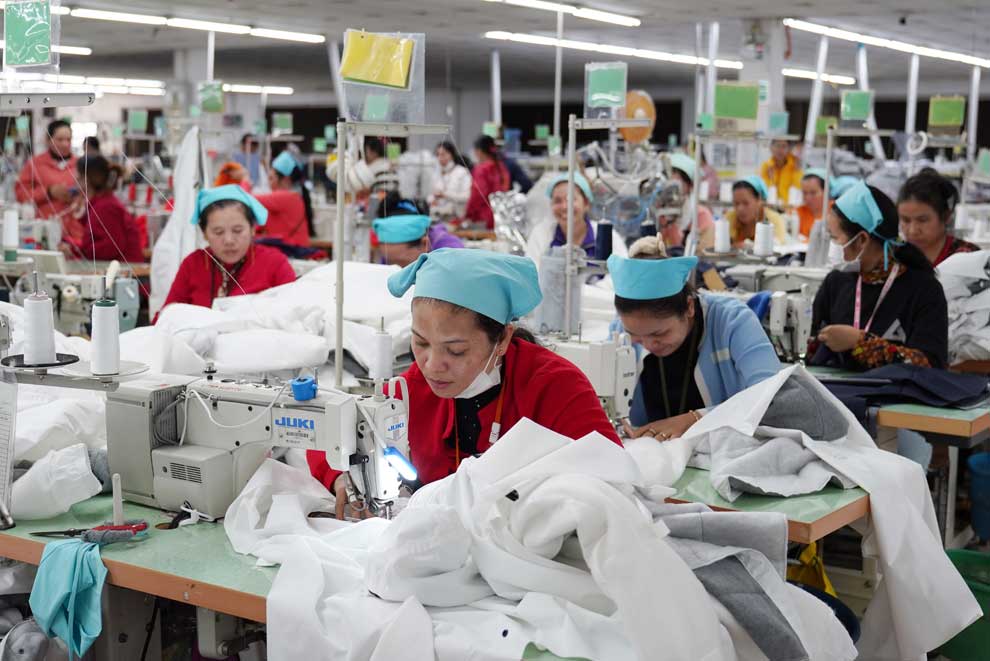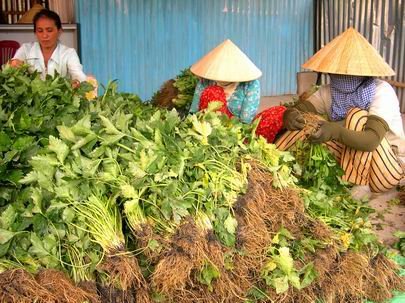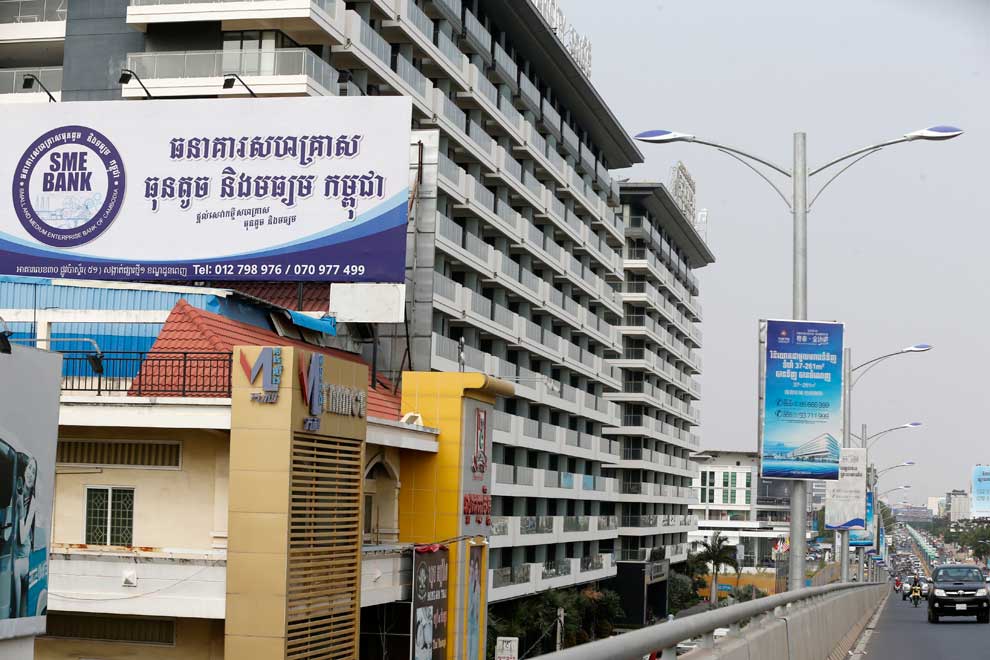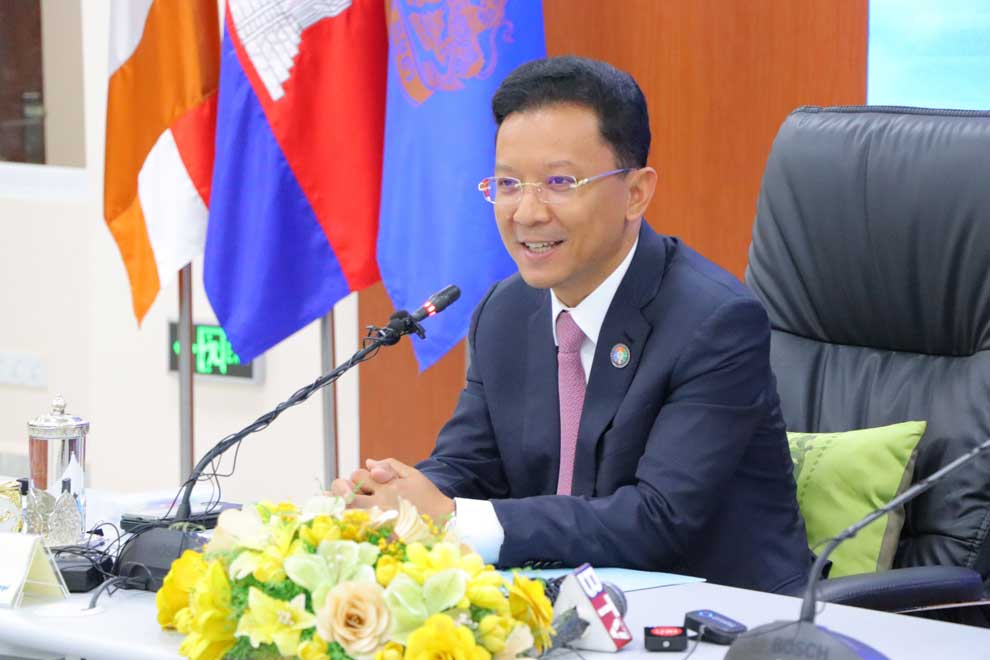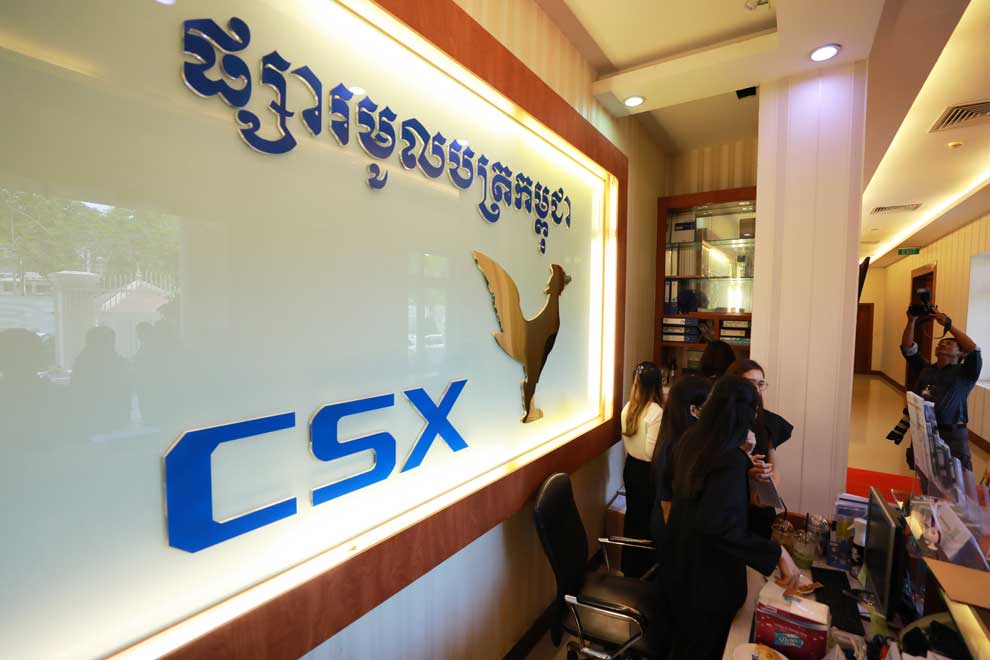Major foreign investment boosts three key sectors
Major foreign investment boosts three key sectors
Four major countries, which collectively represent over 90% of foreign direct investment (FDI) in Cambodia, channelled their investments into three key sectors in January.
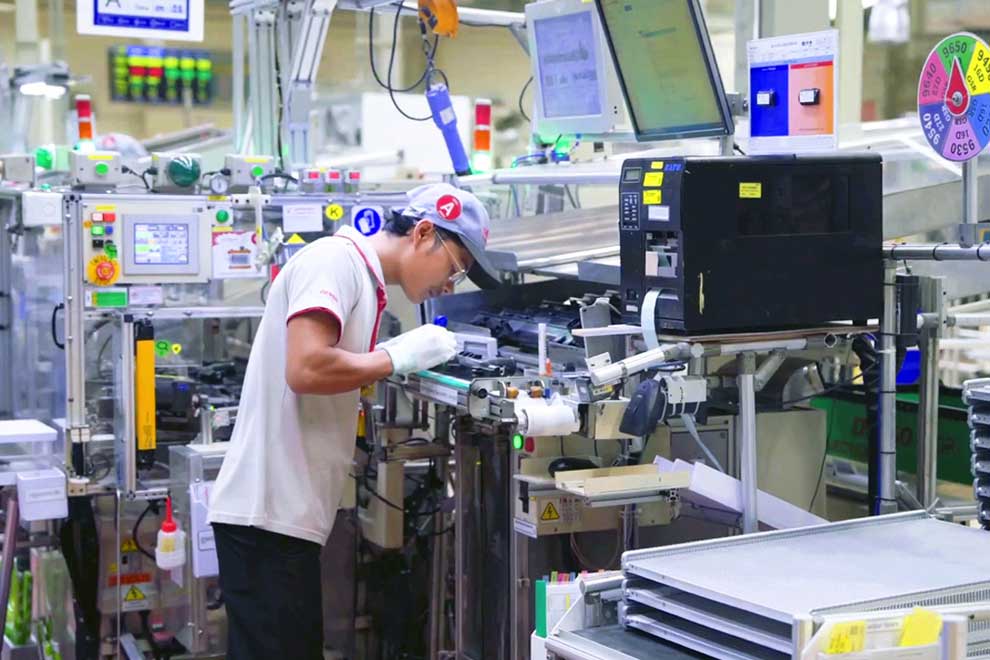
Experts expressed optimism, attributing the influx of financing to the nation’s political stability, strategic geographical positioning and favourable conditions created by the new investment law.
The Council for the Development of Cambodia (CDC) announced on February 1 that it approved 32 new and expansion projects in the preceding month, totalling an investment of $187 million and expected to generate nearly 29,000 jobs.
Approximately 78% of the financing originated from China, with Singapore contributing 9.65%, the US 5.34%, South Korea 3.55% and local sources accounting for 2.73%.
The council highlighted key investment projects for January, including an electronics factory in Takeo province’s Samrong district, an assembly plant for electric motorcycles, bicycles, three-wheeled auto rickshaws and chargers in Kandal province’s Kien Svay district and a factory for weaving, fabrics and garments, set to be established in coastal Preah Sihanouk province.
Ky Sereyvath, an economics researcher at the Royal Academy of Cambodia, attributed the country’s attractiveness for new investment to its location at the heart of ASEAN, political and macroeconomic stability, and the introduction of the new investment law.
“We all recognise that peace is crucial for every country. Without it, foreign investors wouldn’t invest millions in our country. Despite the global economic downturn, the Cambodian economy is performing well, maintaining strong macroeconomic activity. The new investment law also offers significant tax incentives,” he said.
He added that ongoing efforts to expand export markets through free trade agreements (FTAs) with China, Korea, the United Arab Emirates (UAE) and the region are enhancing Cambodia’s appeal.
Kaing Monika, deputy secretary-general of the Textile, Apparel, Footwear and Travel Goods Association in Cambodia (TAFTAC), highlighted the sector’s challenges since late 2022 and throughout 2023, expressing optimism for textile production recovery.
“I believe our sector will gradually recover in 2024. We’ve noticed a shift towards market diversification, with gradual increases in exports to China and other destinations, in addition to the US, EU, UK, Canada and Japan,” he said.
“Our local supply of raw materials is very limited, however, and we rely heavily on imports,” he added.
Monika specified that most raw textile materials are imported mainly from China, Vietnam, Taiwan, South Korea and Hong Kong.
In 2023, the CDC approved 268 investment projects, with a total capital investment of nearly $5 billion – a more than 20% increase compared to 2022 – expected to create over 300,000 jobs.
The council sanctioned 247 new projects and 21 production expansions, including 71 in special economic zones (SEZs). The undertakings represent a total capital investment of $4.9 billion and are expected to generate about 307,000 jobs, according to a recent CDC press release.
Investment projects in the industrial sector represented about 92% of the total, with approximately 46% of total capital financing originating from the sector.
Infrastructure, comprising only 2.6% of the total projects, accounted for about 44% of the investment, reflecting the substantial financing required in the sector.
The flow of private investment in 2023 saw an increase of around 22% compared to 2022, as per the CDC.



